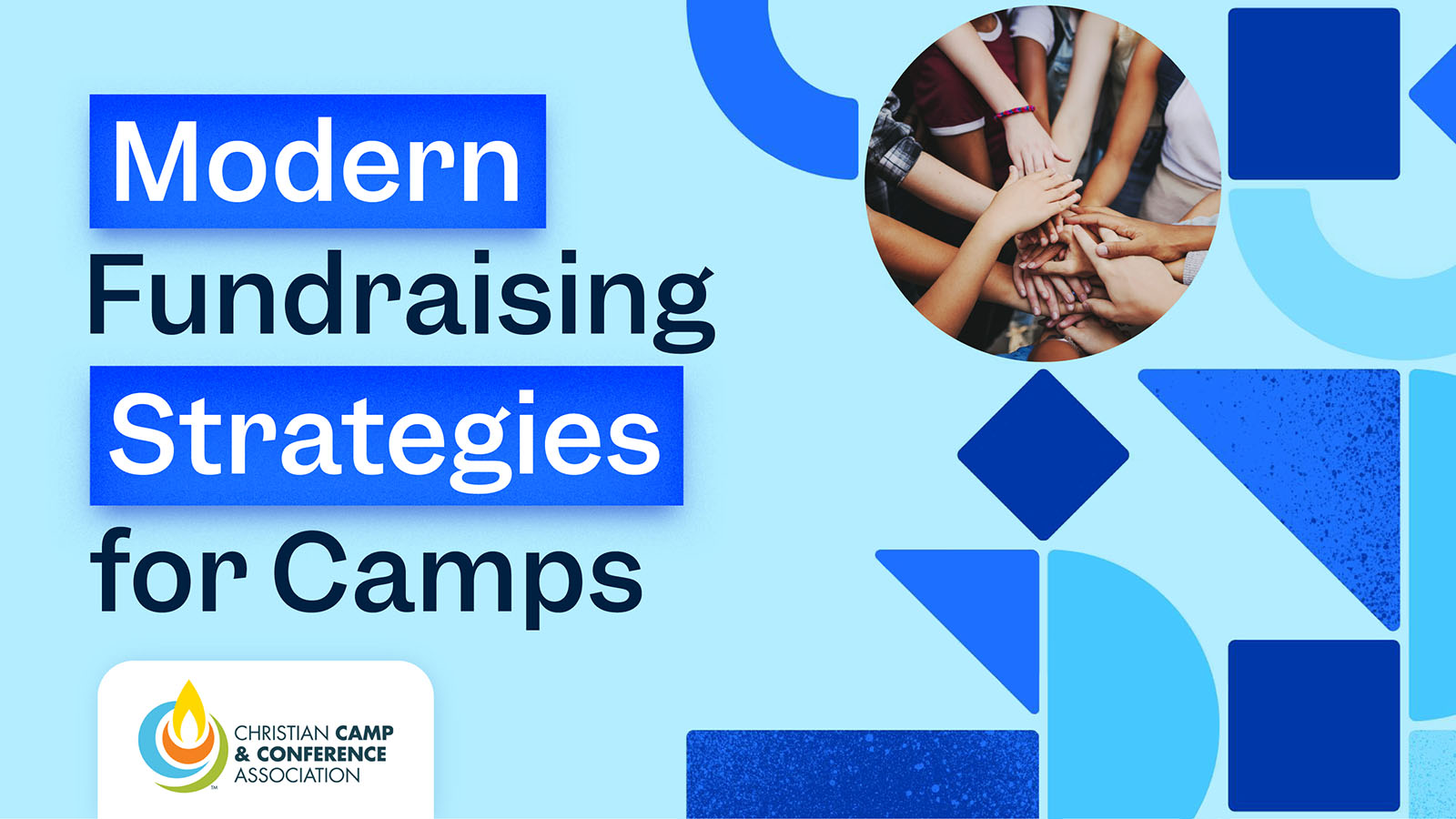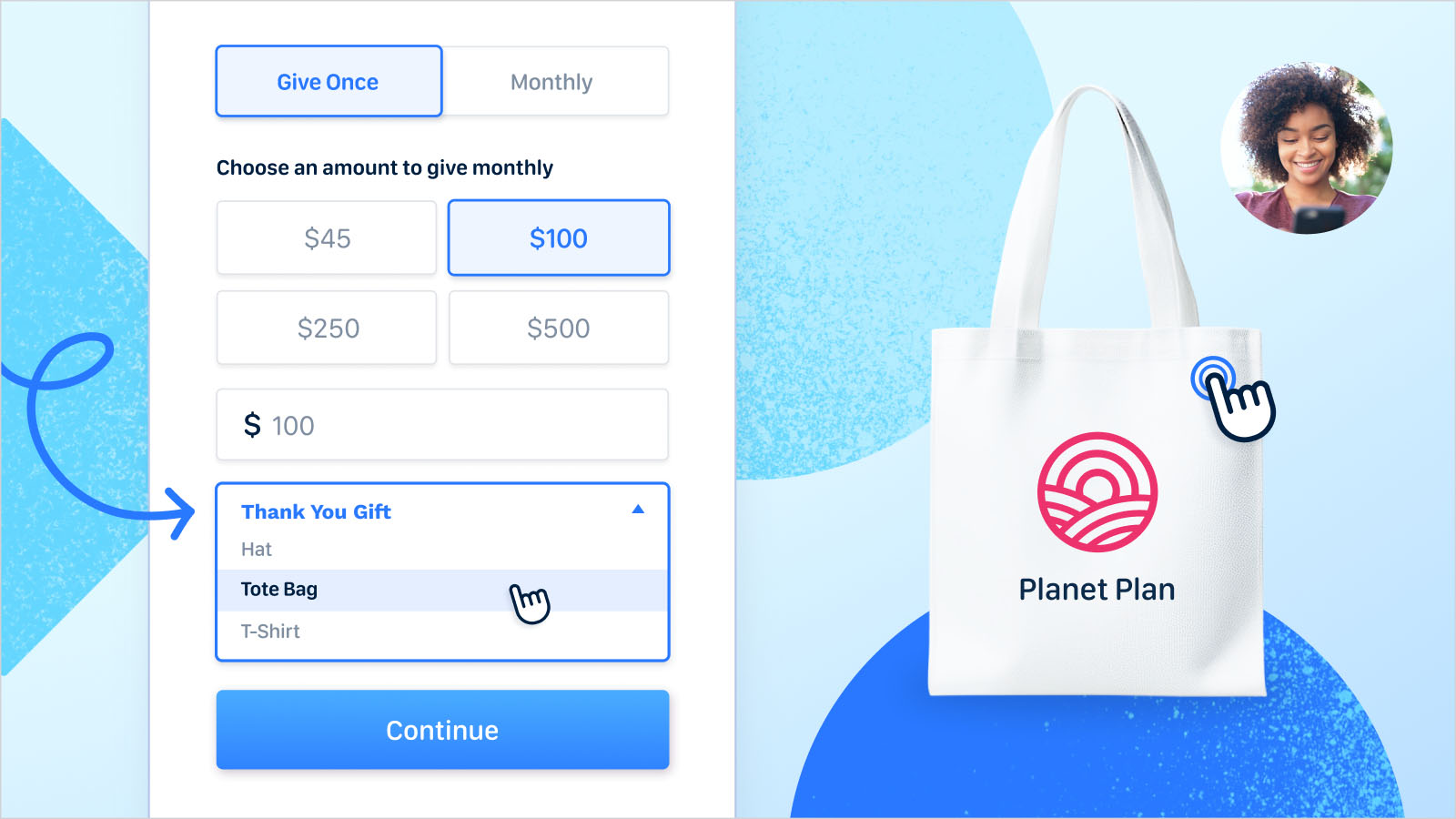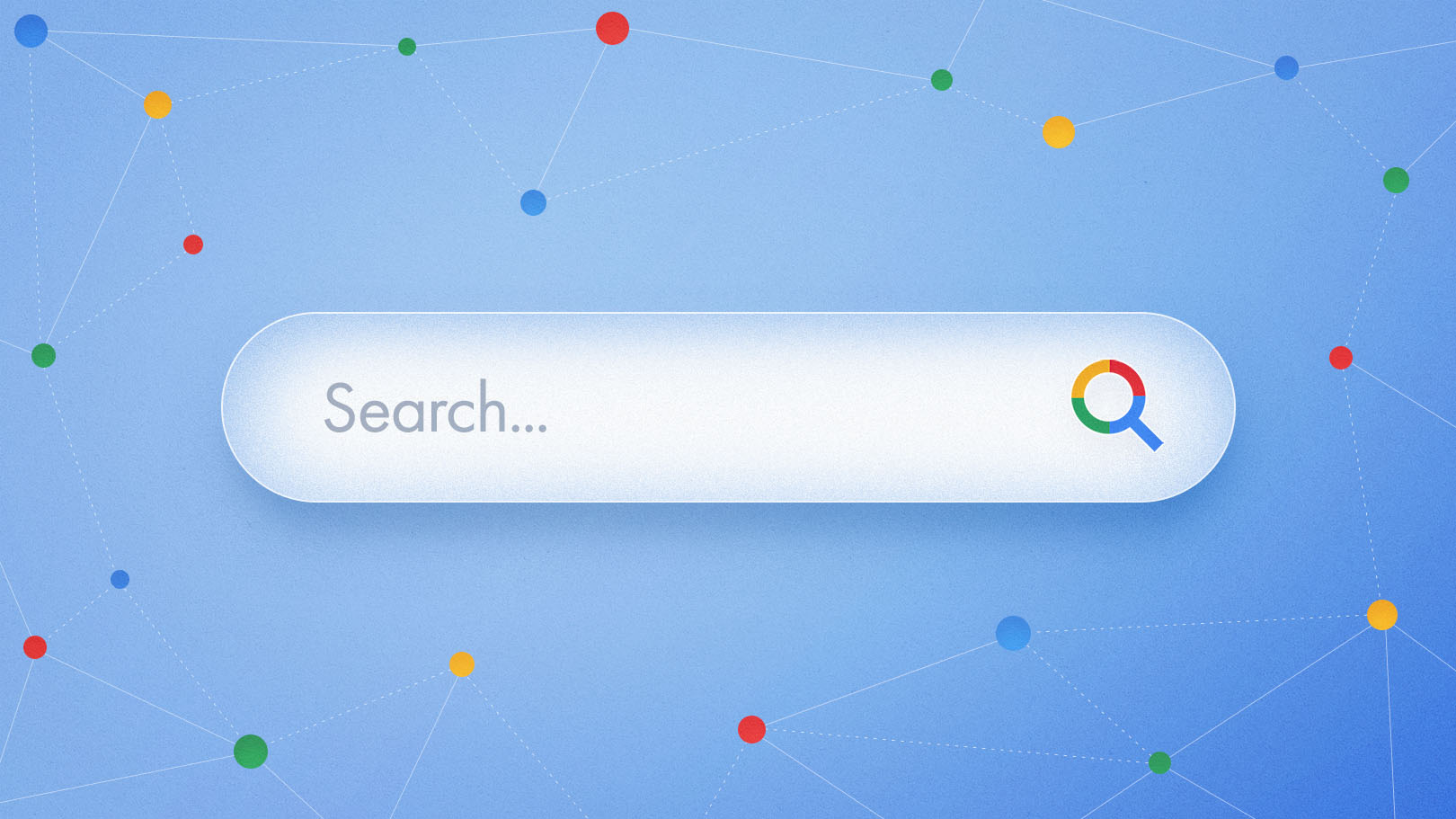What’s your nonprofit doing to promote diversity, equity, and inclusion within the workplace?
It’s a question every organization must reflect on in order to be a top-notch employer, and a pandemic is no excuse for shifting your focus. Now, especially, you want your employees to feel welcome, safe, and comfortable at work. It can be hard to assess how DEI is contributing to the culture when we're facing global health and economic crises, but this is the time to act.
Diversity, equity, and inclusion (DEI) is necessary in all kinds of workplaces. Let’s explore why your nonprofit needs DEI in a pandemic, how to get started with DEI, and ideas for DEI in action.
Why Your Nonprofit Needs Diversity, Equity, and Inclusion Now
As organizations that are out to do good in the world, there’s often the assumption that nonprofits take an inherent stand against racism, bigotry, and all forms of oppression. Maybe your mission statement even encompasses working on these issues. But it’s an entirely different issue to walk your talk when it comes to workplace culture and treatment of staff, and doubly so when your team is fearing for their livelihoods and the future of your org.
With so many people about to re-enter the workforce after sheltering for safety, furloughs, and widespread unemployment, work on welcoming the most diverse team you've ever had, and factor in ways that you can empower candidates who have lots of applicable experience but no degree. One report from Scientific American found that diverse workplaces can encourage people to be more creative and more diligent, so having a healthy, equitable workplace can help your organization retain your top talent, which has historically been a huge challenge in the fundraising industry.
The benefits of DEI can filter down into the programmatic work your nonprofit does in the community. Having a diverse, inclusive staff that more accurately represents the demographics of your community will naturally allow your organization to better serve your community in times of safety and in times of crisis.
Finally, while equity should not be opt-in-able, joining in the conversation at your organization should be. What we mean here is that it's often marginalized folks that are expected to push DEI initiatives, placing an unfair burden on those team members. Don't make the assumption that people who have experienced racism, ableism, sexism, or any other -ism will want to lead the charge.
How to Get Started with DEI at Your Nonprofit
Whether your nonprofit is ready to get started with an intentional approach to DEI, or you're looking for ways to improve your current DEI initiative, here are a few suggestions for engaging your organization in meaningful DEI work.
Revisit your team’s and organization’s values
Your nonprofit probably has a set of values along with its mission and vision statement—that’s pretty common practice in the nonprofit sector. Do those values accurately reflect the reality we're facing now and in the future? This reflection exercise can be a great team building activity and a chance for everyone to pinpoint values that embody DEI and other aspects of team culture. If your team finds that your current values statement has the right words, but that they aren’t always being enacted—or that you've cut equity corners during COVID-19—take that opportunity to think about what would help everyone put these values into action every day, in every situation, for every person.
Develop an organizational DEI policy
If your organization does not have an official DEI policy, now's the time to create one. Your DEI policy is an opportunity to think about what DEI looks like in action at your nonprofit and lay down principles that will guide the work.
Ideas for DEI in Action
Once your nonprofit has the groundwork for DEI, there are many ways to deepen your commitment to it. We’ve rounded up a few ideas that you can do individually or with teams.
- Explore conscious/unconscious bias that might be impacting your staff and how they work, especially when they're working with people and in situations that are new to them. Project Implicit tests your implicit associations about race, gender, sexual orientation, and other identities.
- Notice and question whose voices are included in decision-making processes within your community. Is it inclusive or exclusive? What can you do to make room for all voices?
- As we ease back into our new normal, incorporate your DEI policy into new staff and board member orientation. Having it front and center in an important process like onboarding will help new staff and board members understand the importance of DEI at the organization.
- Honestly evaluate how effective your nonprofit is at reaching out to diverse groups in your community. Consider speaking directly to community members and partners so you can make better decisions in the future.
- Intentionally recruit for mid-level and executive leaders of color; hiring is a great place for organizations to enact their DEI policies. Consider adding practices to reduce conscious and unconscious bias throughout your hiring process, such as an anonymized skills test.
- Invite staff, volunteers, and board members to read DEI-focused books or articles together and facilitate discussion on them. We’ve included a list below!
- Develop organizational ground rules and norms for difficult conversations about DEI. This could include conversations where staff may voice concerns related to DEI within the organization and its culture. Listen to those concerns. Take them seriously.
- Create a fully-voluntary DEI committee of staff, volunteers, and board members who can continue to lead the DEI charge and carry out the policy.
Start the conversation around DEI Work
DEI is a vast subject; if you’re committed to starting or continuing the journey, here are a few great resources. Psst! These are also resources you can share with your team. You may find that coming together to focus on DEI is something that keeps your team rallied and uplifted.
- So You Want to Talk about Race by Ijeoma Oluo
- Nonprofit AF blog - Vu Le has tons of great articles that address the facets of DEI within nonprofits, and he speaks specifically to nonprofit struggles in this area during the pandemic.
- How to Center Race Equity in Your Organization's COVID-19 Response - One of many timely resources from Equity in the Center.
- Strategic Thinking in a Long-Term Crisis - Up With Community's amazing guide to incorporating DEI into your post-COVID-19 workplace and work.
- The University of Missouri-Kansas City has put together a comprehensive reading list of fiction and non-fiction books that covers many aspects for ongoing DEI.
Diversity, equity, and inclusion is ongoing work for any nonprofit. It can be hard, confronting work in the easiest of times, but if nonprofits want to continue to be leaders in our brave new world, prioritizing DEI is one of the best ways to lead by example.































.webp)
.webp)











.webp)
.webp)

.webp)
.webp)
.webp)




